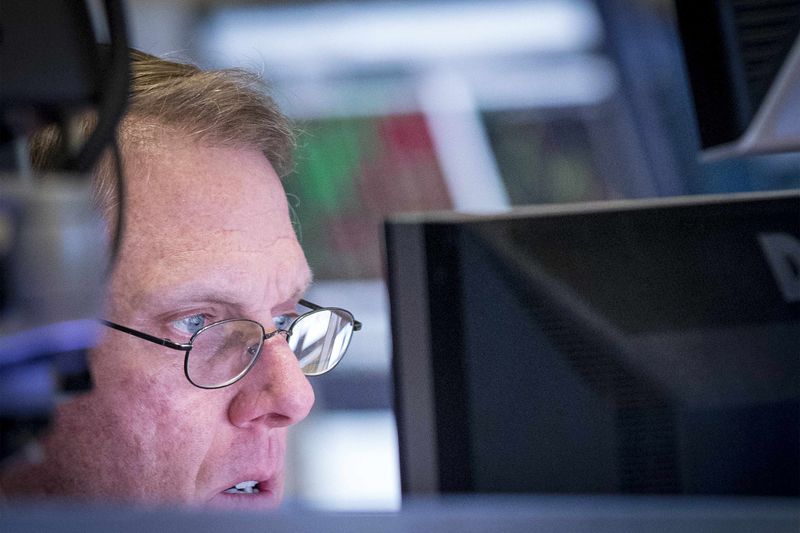Proactive Investors - Deutsche Bank (ETR:DBKGn) has updated its forecasts for copper prices and earnings estimates for companies in Europe and North America.
Since early March, the price of the red metal has surged due to factors such as improving global economic growth, excitement surrounding artificial intelligence, and increased speculative trading.
The bank anticipates that this upward trend will continue into 2025. However, a period of stability might follow during the summer, which is typically slower, especially in China where short-term trends are weak.
BHP Group Ltd (LSE:BHP, ASX:BHP)'s recent attempt to take over Anglo American (JO:AGLJ) PLC (LSE:AAL) highlights the strategic importance of copper, Deutsche said.
This metal is crucial for future technologies, especially those related to electrification, and it is challenging to increase its supply.
The German bank estimates that BHP's final offer for Anglo American suggested a long-term copper price of over $9,500 per tonne.
Consequently, Deutsche Bank has revised its price forecasts for copper, increasing the estimates for 2024 and 2025 by 7% and 5%, respectively, to $9,500 and $10,500 per tonne.
Additionally, the long-term price forecast has been raised from $9,400 to $10,000 per tonne, now positioned at the midpoint of their expected price range.
Deutsche Bank's top investment picks include Teck Resources (TSX:TECKa) Ltd (USA) (TSX:TCK), Anglo American, and Glencore PLC (LSE:LON:GLEN).
Teck Resources is favoured due to the potential for re-rating driven by its Quebrada Blanca Phase 2 project and stock buybacks.
Anglo is noted for its significant simplification efforts, and Glencore is highlighted for its strong free cash flows.
Rio Tinto (LON:RIO)'s copper production is expected to reach its highest level since the mid-2000s as the Oyu Tolgoi mine in Mongolia increases output.
Deutsche believes that this potential is not yet reflected in Rio Tinto's stock price. However, weaker prices for iron ore might present a short-term challenge for the company.
Overall, the bank's analysts remain optimistic about the future of copper, driven by technological advancements and increasing demand for electrification, despite some anticipated near-term market fluctuations.
